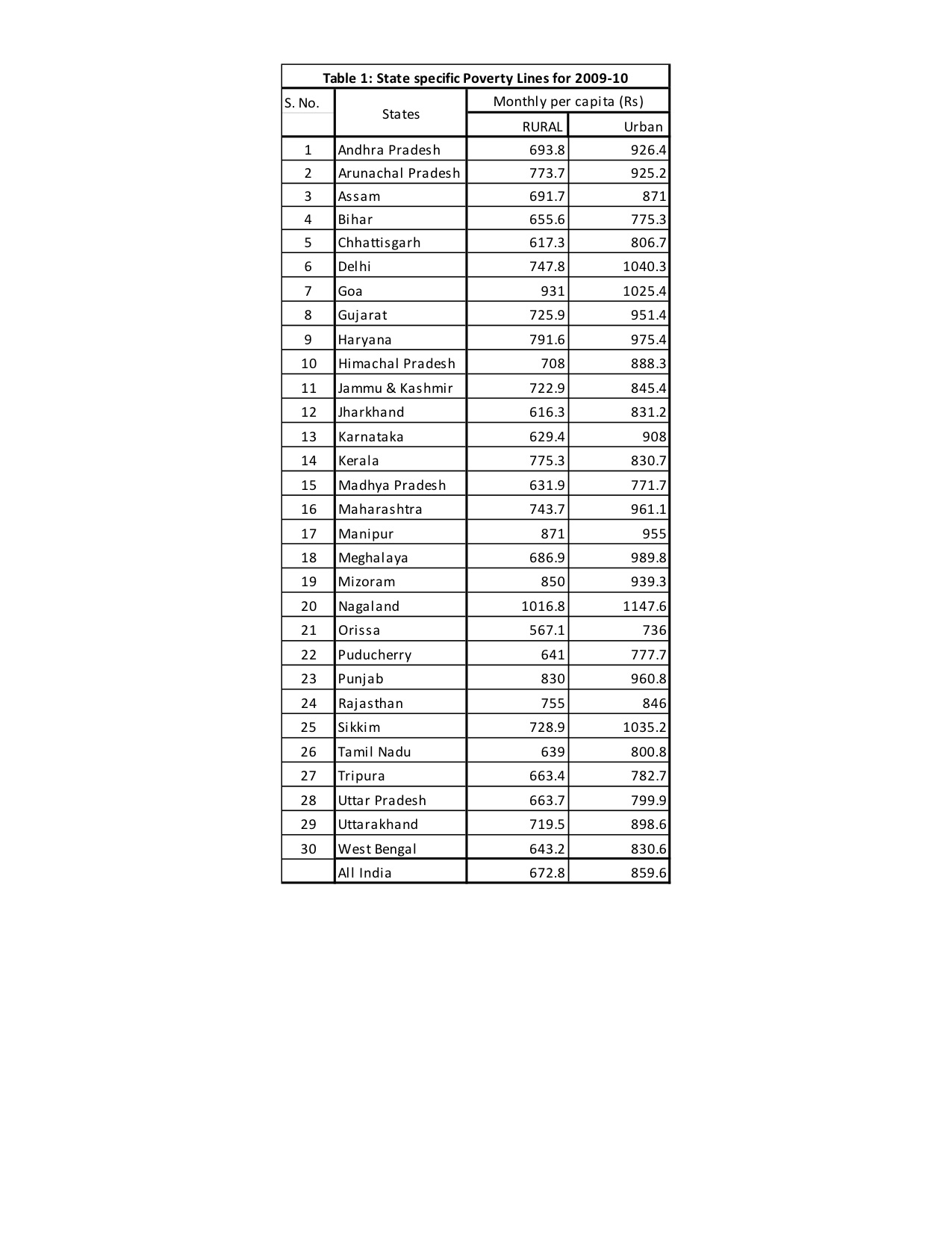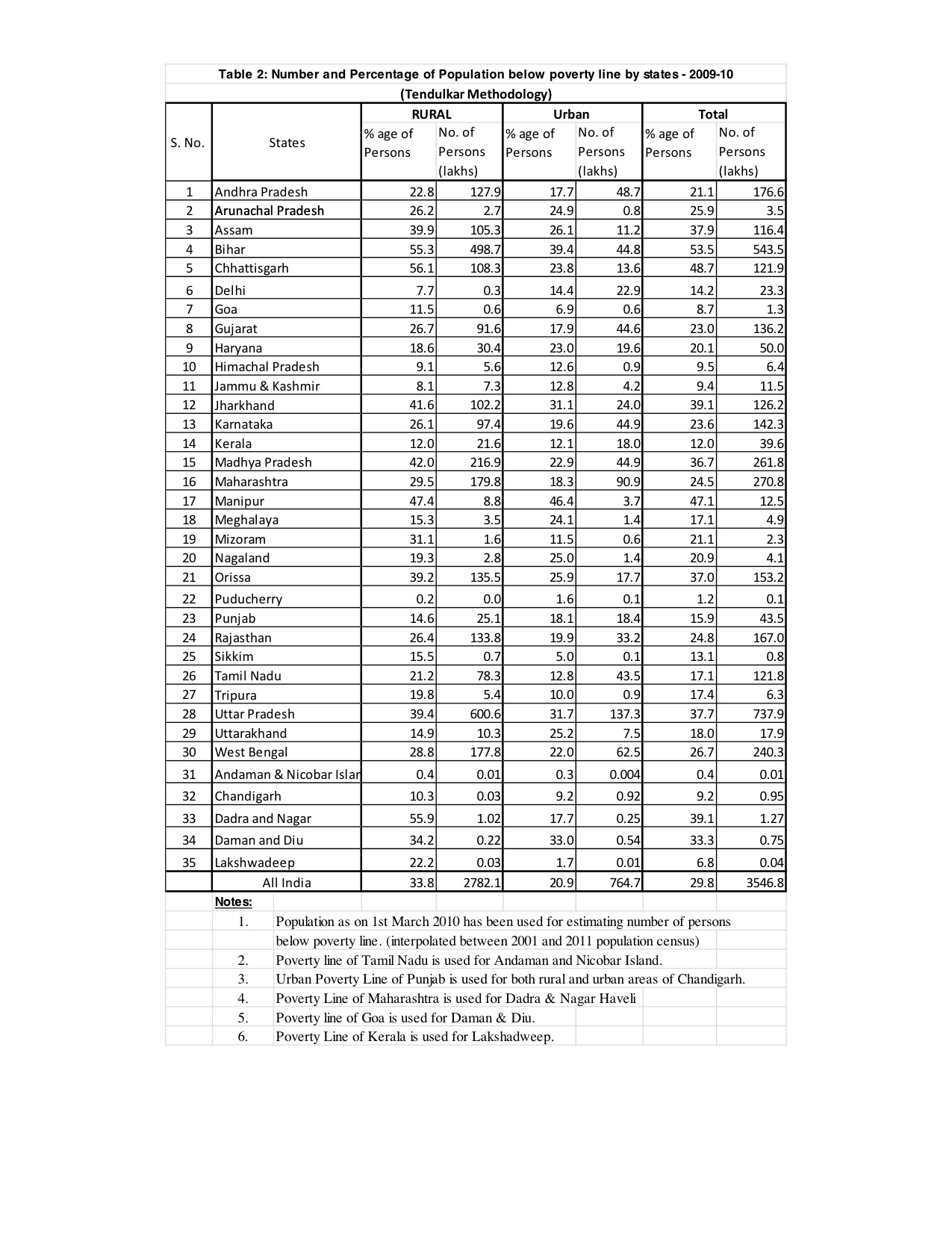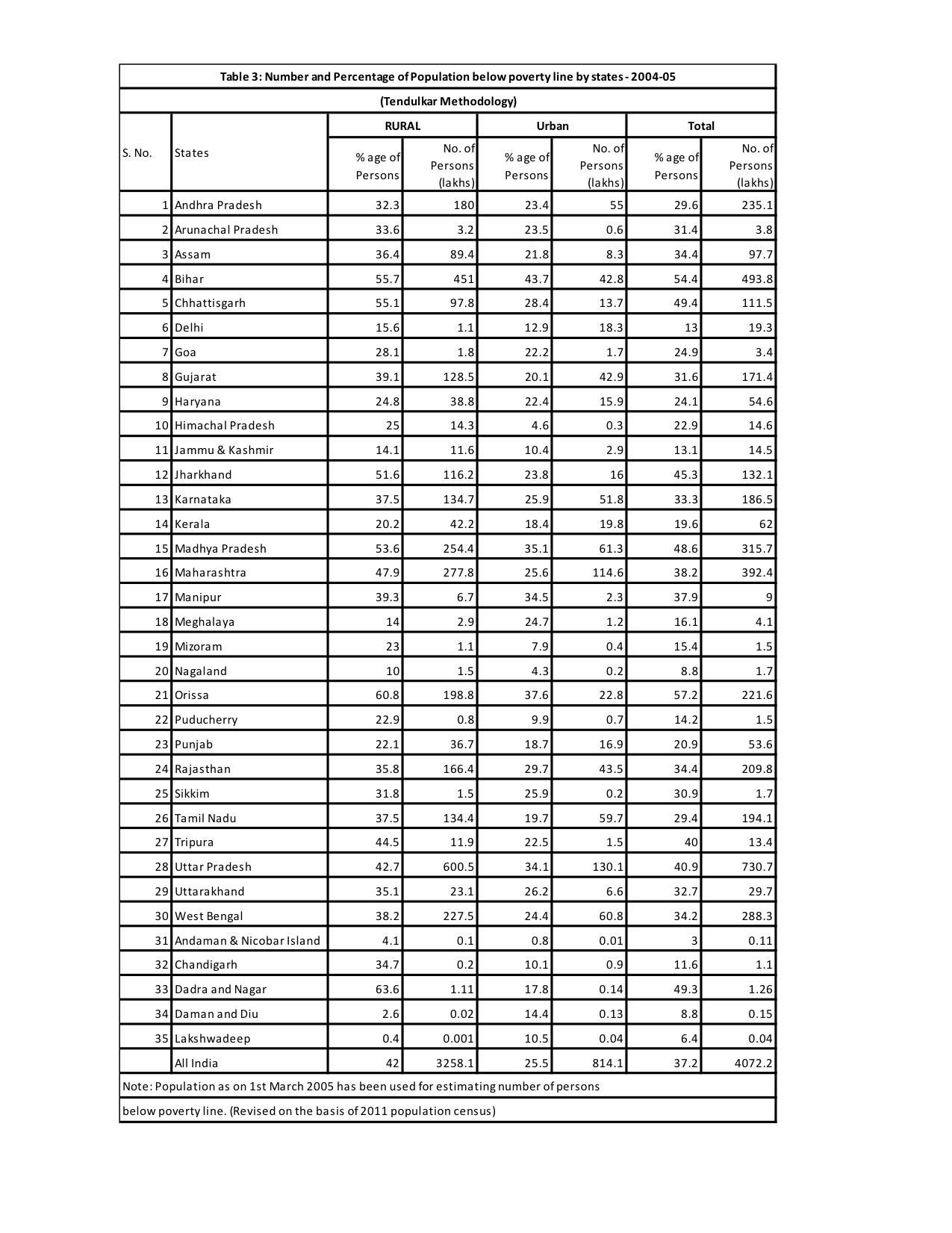Odisha reduces the perecentage of people below poverty lines from 57.2% (in 2004-05) to 37% (in 2009-10)
Odisha govt. action, Planning Commission and Odisha April 6th. 2012, 5:34pmThis is a big reduction. The data is from http://planningcommission.nic.in/news/press_pov1903.pdf. (Thanks to Umashankar Das for the pointer.)



Some of the interesting aspects of the above data are as follows:
- In 2009-10 the total number of persons below poverty line in Odisha is 153.2 lakhs. The number for Andhra Pradesh is 176.6 lakhs, Bihar is 543.5 lakhs, Chhatisgarh is 121.9 lakhs, Gujarat is 136.2 lakhs, Jharkhand is 126.2 lakhs, Karnataka is 142.3 lakhs, MP is 261.8 lakhs, Maharashtra is 270.8 lakhs, Rajasthan is 167 lakhs, Tamil Nadu is 121.8 lakhs, UP is 737.9 lakhs and West Bengal is 240.3 lakhs. So the number of persons below poverty limit in Odisha is close to that of Gujarat, Karnataka and Tamil Nadu, states considered to be more industrialized and richer.
- In 2009-10 the number of persons below poverty line in the urban areas are: 17.7 lakhs in Odisha, 11.2 lakhs in Assam, 48.7 lakhs in Andhra Pradesh, 44.8 lakhs in Bihar, 13.6 lakhs in Chhatisgarh, 22.9 lakhs in Delhi, 44.6 lakhs in Gujarat, 19.6 lakhs in Haryana, 24 lakhs in Jharkhand, 44.9 lakhs in Karnataka, 18 lakhs in Kerala, 44.9 lakhs in MP, 90.9 lakhs in Maharashtra, 18.4 lakhs in Punjab, 33.2 lakhs in Rajasthan, 43.5 lakhs in Tamil Nadu, 137.3 lakhs in UP, 7.5 lakhs in Uttarakhand and 62.5 lakhs in West Bengal. So the urban poverty numbers in Odisha is less than that of Haryana, Punjab and Delhi and much less than the most of the other states mentioned above. But this is partly because Odisha has a much smaller overall urban population
- The above numbers are based on cut-offs calculated by the "Tendulkar Methodology" and these cut-offs vary from state to state and are different for rural and urban areas. As shown in the first table, Odisha has the lowest cut-off numbers for both rural and urban areas. For rural areas of Odiha the cutoff is Rs 567.1 per month and for urban areas it is Rs 736. (See the recent Hindu and Business Standard articles for criticisms about the methodology that has been used above.)

April 6th, 2012 at 6:25 pm
The different estimates of poverty are a function of purchasing power parity of different states. Indirectly speaking, Odisha has also handled inflation better than others, hence, grainprices are not as high as others.
This also ,implies ,that, Odisha has got decent agricultural production.
April 7th, 2012 at 3:52 am
@Thanks Umashankar! The absolute numbers of people for Odisha below the poverty line looks impressive. In fact it almost looks too good to be true.
Now if only we can create employment for the people of Odisha it would be great. This would reduce the outflow of migration from the state. It would allow people to stay in the state and use the money to develop the state. We have remained a poor state for too long we need to encourage industry and a market economy.